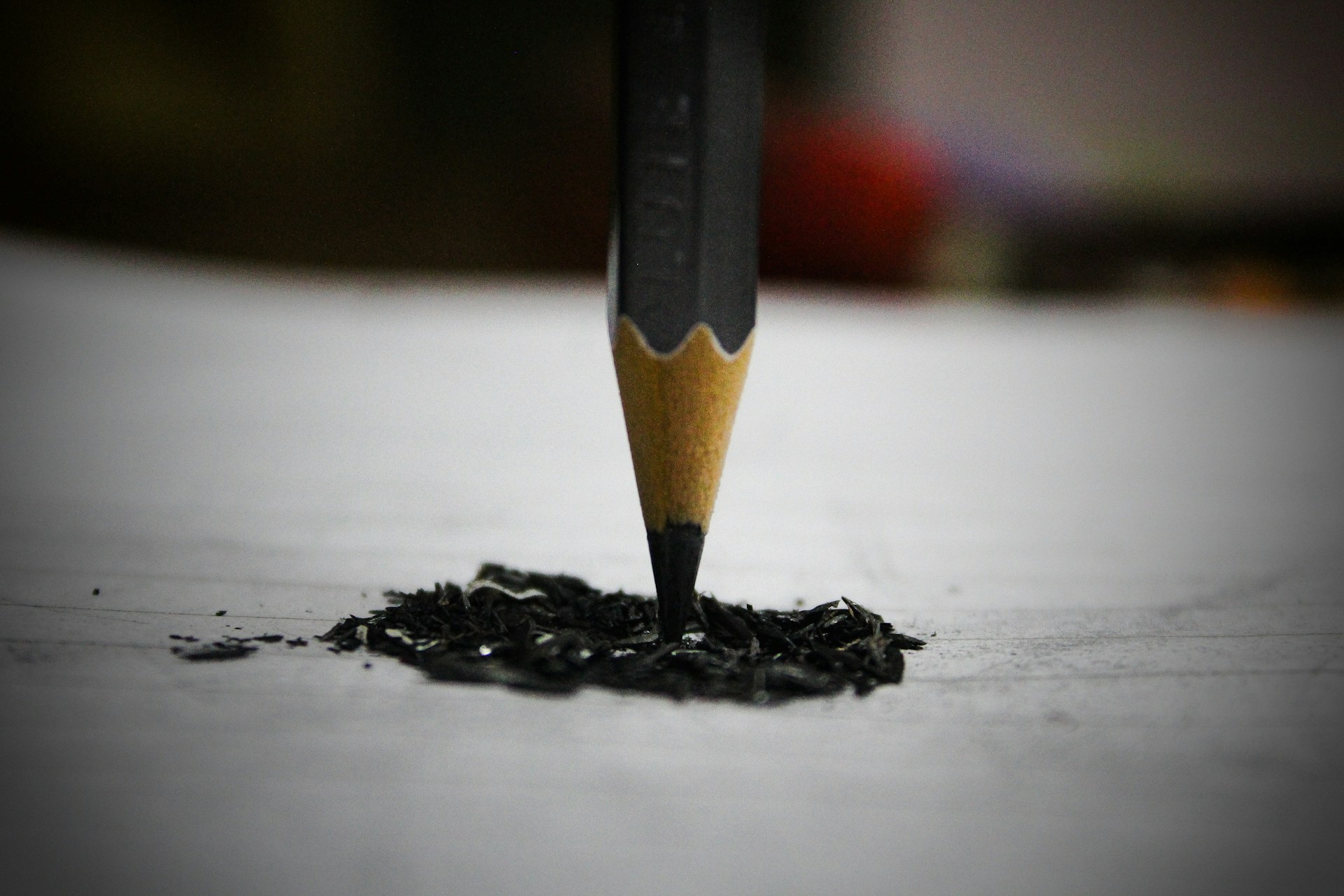
Conscientiousness Shapes Creativity and Innovation
The Role of Discipline and Goal-Setting in Breakthrough Ideas
ad
1. Introduction
When we think of creativity and innovation, we often picture spontaneous flashes of insight or an unpredictable spark of inspiration.
However, research into personality traits reveals that conscientiousness — the drive to be disciplined, organized, and committed — plays a surprisingly vital role in creative success.
Conscientious people set goals, put in persistent effort, and follow through on their ideas. This article explores how conscientiousness shapes creativity and innovation by demonstrating the power of discipline and structured goal-setting in producing transformative ideas.
2. What is Conscientiousness and Why Does It Matter?
Conscientiousness is one of the Big Five personality traits, characterized by a sense of duty, attention to detail, and a commitment to achieving long-term goals.
Conscientious people tend to plan ahead, manage their time wisely, and work systematically toward their ambitions.
According to a study published in Personality and Individual Differences, conscientiousness correlates with higher performance in both academic and work-related creative tasks.
Example: Think of the inventor Thomas Edison — his famous 10,000 failed attempts before creating a working light bulb highlight the discipline and persistence driven by high conscientiousness.
3. Discipline as the Backbone of Innovation
Creative breakthroughs rarely happen without disciplined execution.
Conscientious individuals often focus on breaking big goals into smaller, actionable steps that steadily build up to innovation.
Research from the Harvard Business Review points out that disciplined work habits and structured processes increase the likelihood that creative ideas will make it from concept to marketable innovation.
Example: Elon Musk’s work at SpaceX exemplifies disciplined creativity. While the concept of reusable rockets was radical, SpaceX achieved it through rigorous engineering, careful testing, and methodical iteration.
“Dreams don’t work unless you do.”
John C. Maxwell
ad
4. Goal-Setting Fuels Creative Output
Setting clear goals provides a blueprint that guides creative energy toward meaningful achievements.
Goal-oriented people use their conscientiousness to direct their innovation into practical solutions, avoiding wasted time or unfocused ideation.
Research published in Frontiers in Psychology found that people who score high on conscientiousness and set SMART goals — Specific, Measurable, Achievable, Relevant, Time-Bound — produce more original ideas over time .
Example: J.K. Rowling meticulously planned the entire Harry Potter series before publishing the first book. Her disciplined outlining and commitment to her goals ensured that her rich imaginary world was coherent and fully realized.
5. Balancing Structure with Flexibility
While conscientiousness emphasizes order, truly creative people know when to leave space for flexibility.
Organized routines help generate consistent output, but innovation also requires open-mindedness.
A Psychology Today article discusses the need to embrace small moments of chaos to allow new ideas to emerge even within disciplined workflows.
Example: NASA scientists use highly structured processes for testing spacecraft components, but they also encourage “blue-sky sessions” — brainstorming sessions without restrictions — to cultivate novel solutions.
6.Cultivating Conscientious Creativity
Anyone can leverage conscientiousness to enhance their creativity by creating supportive habits:
• Develop routines that encourage regular creative work, like writing every morning or sketching every evening.
• Break large creative goals into smaller, measurable tasks to build momentum.
According to a report by Forbes, highly successful innovators often describe themselves as disciplined dreamers who balance careful planning with adventurous thinking.
Example: Walt Disney was famous for his visionary imagination, yet he also relied on strict deadlines and a disciplined production process to turn his ideas into beloved animated films.
ad
7. Conclusion
Conscientiousness is often overlooked as a driving force in creativity and innovation, but its role cannot be understated.
Disciplined work habits, clear goal-setting, and persistent follow-through enable brilliant ideas to become successful realities.
The most groundbreaking creators often channel their creativity through order and structure — proving that discipline and imagination work hand in hand to produce lasting innovation.
8. References / Further Reading
Conscientiousness and creativity
https://www.sciencedirect.com/science/article/abs/pii/S0191886920309630
Discipline in innovation
https://hbr.org/2012/08/innovation-requires-discipline
Goal-setting and creative performance
https://www.frontiersin.org/articles/10.3389/fpsyg.2020.578901/full
Balancing structure and creativity
https://www.psychologytoday.com/us/articles/201911/the-power-of-balanced-creativity
The disciplined creative
https://www.forbes.com/sites/forbescoachescouncil/2020/07/22/the-disciplined-creative-balancing-routine-with-innovation/?sh=43eea6b372c2
McCrae, R. R. & Costa, P. T. (2008). The Five-Factor Theory of Personality. In Handbook of Personality: Theory and Research.
Barrick, M. R. et al. (2001). Personality and Performance: Meta-Analyses of the Big Five Personality Factors and Job Performance Criteria. Journal of Applied Psychology.
Share via: